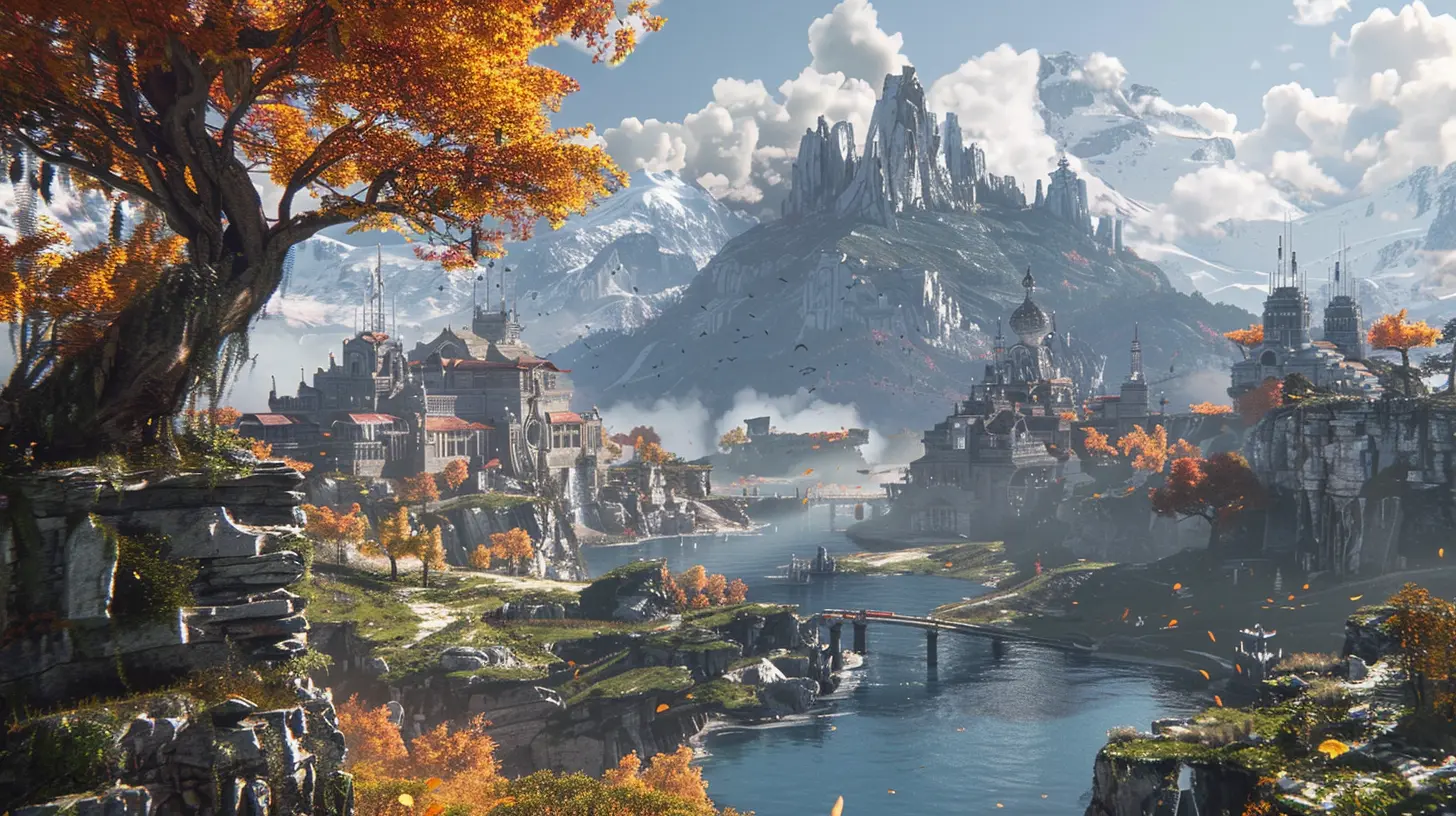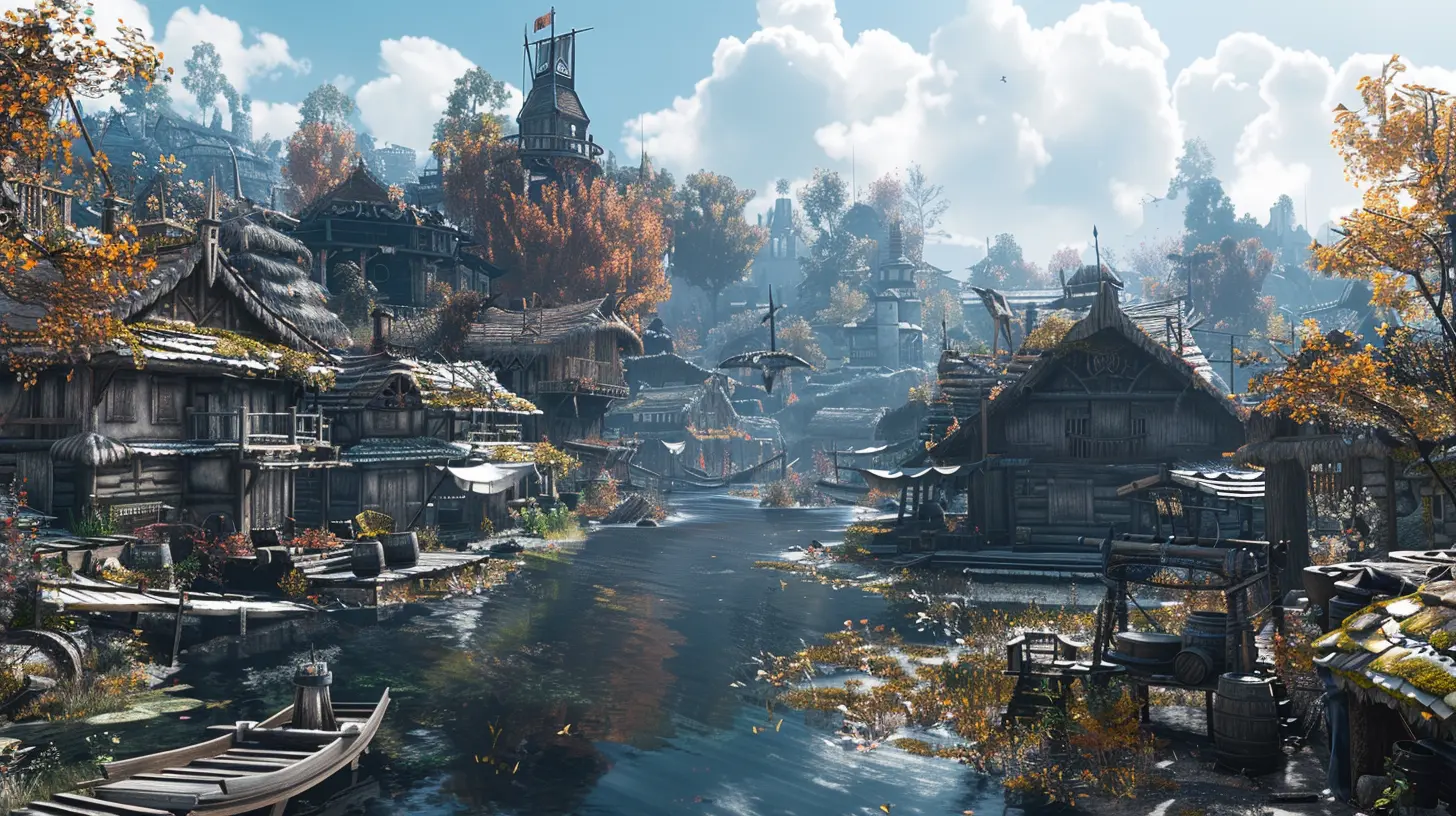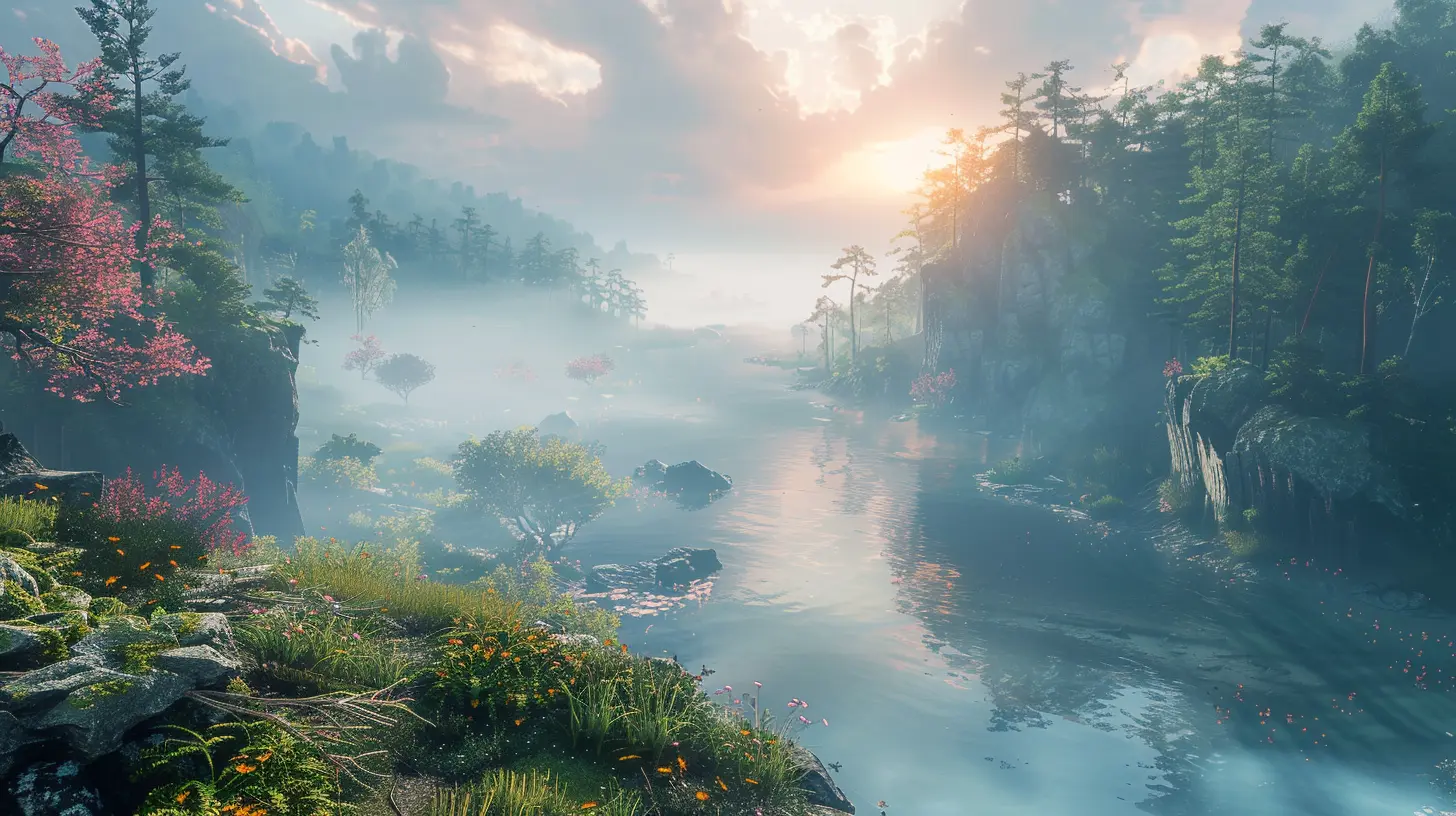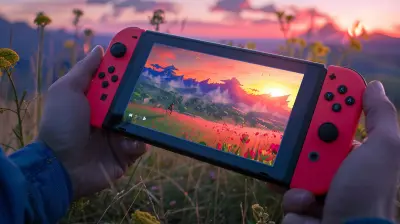Creating Open World Games that Feel Alive and Dynamic
6 June 2025
What makes an open-world game truly unforgettable? Is it the vast landscapes, the endless side quests, or the jaw-dropping graphics? While these elements are important, they only scratch the surface. The magic lies in creating a world that feels alive and dynamic — one that breathes, evolves, and reacts to your every move. It's the kind of experience where you lose yourself, not because the map is massive, but because it feels like a living, breathing world. Let's dive into how developers can craft open-world games that feel alive in ways that captivate players.
What Does It Mean to Feel "Alive"?
First things first: what exactly does making a world feel "alive" even mean? Think about it like this—have you ever walked into a bustling city in real life, where people are going about their day, conversations are happening, and random events occur at every turn? That’s the vibe developers aim to replicate in gaming. Open-world games succeed when players feel like they’re stepping into a world that continues to function, grow, and change even when they're not around.It’s more than just NPCs being around or dynamic weather patterns. It’s about building systems where the world reacts to what you do, has a sense of history, and feels like it exists for its own sake — not simply waiting for the player to show up.
The Core Ingredients of an Alive Open World
Creating a lively and dynamic open world isn’t easy—it’s a complex recipe with many ingredients. But when done right, it’s like creating a masterpiece. Here’s how developers can achieve it:1. Dynamic NPC Behavior
A static NPC (non-playable character) is one of the fastest ways to break immersion. You know the ones—they stand in the same spot, repeating the same line over and over. Nobody wants that! Dynamic NPCs, on the other hand, have daily routines, unique personalities, and even goals. When you bump into them later in the game, they should remember you or react differently based on your actions.Think about games like Red Dead Redemption 2, where NPCs carry out their own lives. Farmers work fields, bandits set up ambushes, and even bumping into someone on the street might lead to an argument or an unexpected friendship. These little touches help make the world feel like it’s alive and not just a fancy backdrop for your adventures.
2. An Ecosystem That Reacts to You
Imagine stepping into a forest where wildlife feels real. Birds scatter when you approach, deer cautiously watch you from a distance, and predators hunt their prey — maybe they even hunt you. An alive open world isn’t just about people; it’s about ecosystems that behave like real-life ones.For instance, games like The Legend of Zelda: Breath of the Wild let players interact with the environment in surprising ways. Lightning strikes can start fires, winds affect the way you hunt, and animals show complex behaviors. These details make players feel like their actions have consequences and that the world doesn’t revolve solely around them.
3. Reactive Worlds and Storytelling
What’s more engaging than a world that responds to you? In dynamic open-world games, your actions matter — and they shape the story you’re part of. Maybe a faction remembers if you once helped them fend off an enemy. Perhaps your decision to rob a merchant causes his business to decline. These cause-and-effect elements create memorable storytelling.Take The Witcher 3 as an example. Villages you visit might change based on your choices. Save a town from a monster, and you’ll return to see its people thriving. But ignore their cries for help, and you might return later to find it abandoned or destroyed. It’s this feeling of weight behind your decisions that makes the world feel truly alive.
4. Environmental Storytelling
Sometimes, the most powerful narratives are the ones without any dialogue. Environmental storytelling is an essential ingredient in making an open world dynamic. This is where the world itself tells a story through its visual details — abandoned campsites, battle-scarred ruins, or graffiti on a wall.For example, in Elden Ring, you stumble across ruins of an ancient civilization sprinkled throughout the map. Each location nudges you to piece together the lore on your own, which makes the world feel like it has a history. It’s subtle, yet effective.
5. Random Events and Encounters
One hallmark of an alive game world is unpredictability. Players shouldn’t feel like they can predict every event or encounter. Randomness keeps things fresh and engaging. Imagine riding your horse across a quiet field when suddenly, a group of bandits ambushes you. Or a wandering musician on the trail tells you a secret about hidden treasure.One game that nails this is Skyrim. You never know what’s going to happen as you explore—whether it’s a dragon suddenly landing in front of you or a group of friendly travelers inviting you to their campfire. Every corner feels like it holds a potential story, and that keeps players coming back.
The Role of Technology in Making Worlds Alive
Now, here’s the million-dollar question: how do developers make all of this possible on a technical level? The secret lies in leveraging modern technology to its fullest. These tools form the backbone of immersive game worlds:1. Artificial Intelligence (AI)
Smart AI is the driving force behind complex NPCs and ecosystems. Developers use it to create convincing behaviors, like NPCs that react to changes in the world around them or creatures that make decisions based on their surroundings.2. Procedural Systems
Procedural generation is like a magic wand for developers. It allows them to create vast, ever-changing landscapes with minimal manual effort. While too much procedural generation can feel generic, combining it with hand-crafted elements creates immense depth.3. Physics Engines
Physics engines make the world behave realistically, from destructible environments to fluid simulations. They add another level of immersion by making the world react believably to player actions.4. Real-Time Weather and Day/Night Cycles
Dynamic weather and lighting changes are not only visually stunning but also functional. Games like Forza Horizon 5 take weather effects to the next level, where rain impacts driving and sunsets affect visibility. These tiny details bring a world to life.
Why Emotional Connection Is Crucial
At the end of the day, even the most technically advanced open world falls flat without emotional engagement. Players need to feel invested in the world and the stories within it. When you care about a character’s fate or genuinely worry about the consequences of a choice, that’s when the game goes from being just “good” to legendary.Take Ghost of Tsushima as an example. The bond between Jin Sakai and his uncle provides an emotional anchor in a sprawling world. The beauty of the settings, combined with the personal stakes, makes every moment feel poignant.
Balancing Scale with Substance
One last thing: bigger isn’t always better. A massive map that feels empty is less engaging than a smaller one packed with meaningful details. Developers should focus on quality over quantity. Instead of designing worlds just to be physically large, the aim should be to make them rich in content, variety, and personality.Final Thoughts
Creating open-world games that feel alive and dynamic is no small feat, but when it’s done right, it’s nothing short of magical. Players crave worlds that surprise them, challenge them, and make them feel something. The trick is in the details—the unpredictable NPCs, the living ecosystems, the responsive storytelling—all underpinned by cutting-edge technology. It’s a labor of love, and the reward is a game that’s not just played, but remembered.So here’s to more games that make us lose hours in their worlds, not because we’re aimlessly wandering, but because we’re genuinely immersed. If you’ve ever felt the thrill of getting lost in a world that felt more real than your own, you know exactly what I’m talking about.
all images in this post were generated using AI tools
Category:
Video Game DesignAuthor:

Francesca West
Discussion
rate this article
3 comments
Lennox Matthews
What a fantastic read! The insights on crafting vibrant and dynamic open worlds are truly inspiring. I can't wait to dive into the immersive experiences that await us in future games. Keep up the amazing work!
June 9, 2025 at 3:51 AM

Francesca West
Thank you so much! I'm glad you found the insights inspiring. Excited for you to explore the immersive worlds ahead!
Melina Lambert
This article touches on an intriguing aspect of game design! The challenge of making open worlds feel vibrant and dynamic is fascinating. I wonder how emerging technologies like AI could enhance NPC behaviors and environmental interactions. Can developers balance complexity with player experience to truly immerse us in these virtual worlds?
June 8, 2025 at 2:42 PM

Francesca West
Thank you for your insights! AI indeed has the potential to enhance NPC behaviors and environmental interactions, creating a more immersive experience. Balancing complexity and player experience is key, and we're excited to explore these innovations in future open world designs.
Ruby Flores
Designing open world games that truly feel alive requires a balance of immersive environments, responsive NPCs, and dynamic storytelling elements to engage players and enhance realism.
June 8, 2025 at 3:07 AM

Francesca West
Absolutely! Striking that balance between immersive environments, responsive NPCs, and dynamic storytelling is key to crafting engaging and believable open world experiences. Thank you for highlighting this essential aspect!



